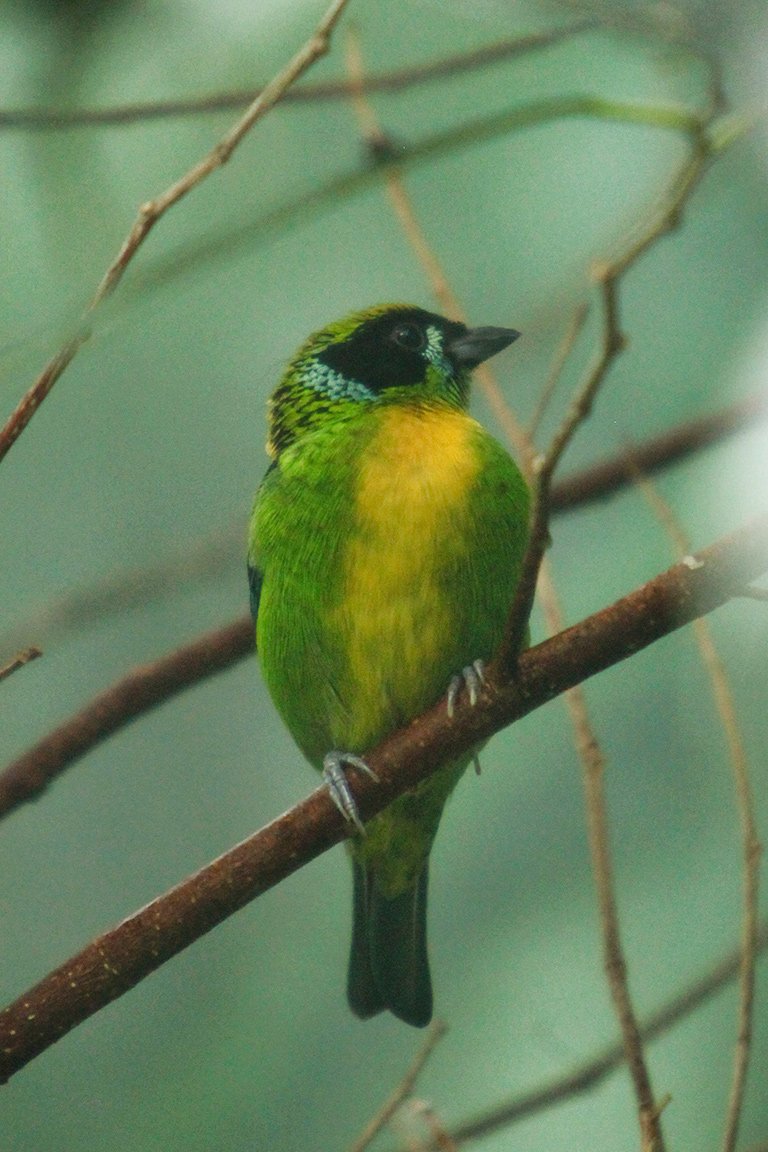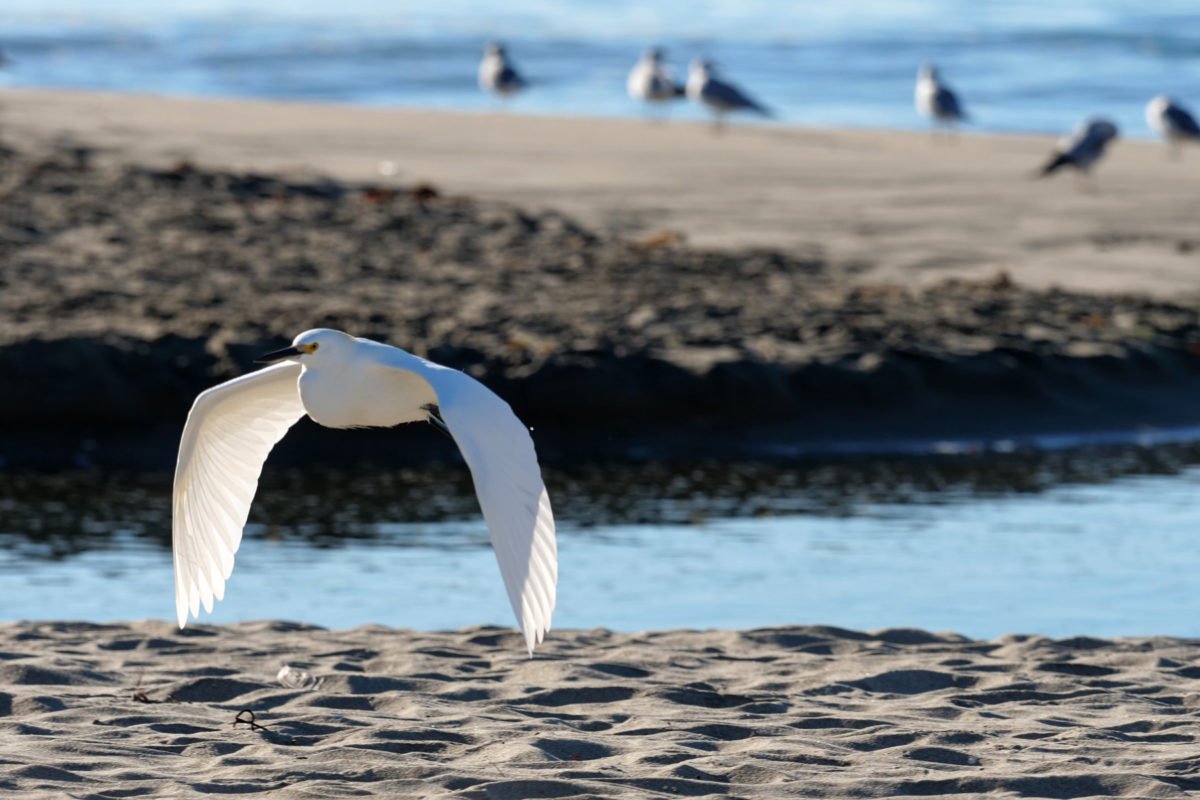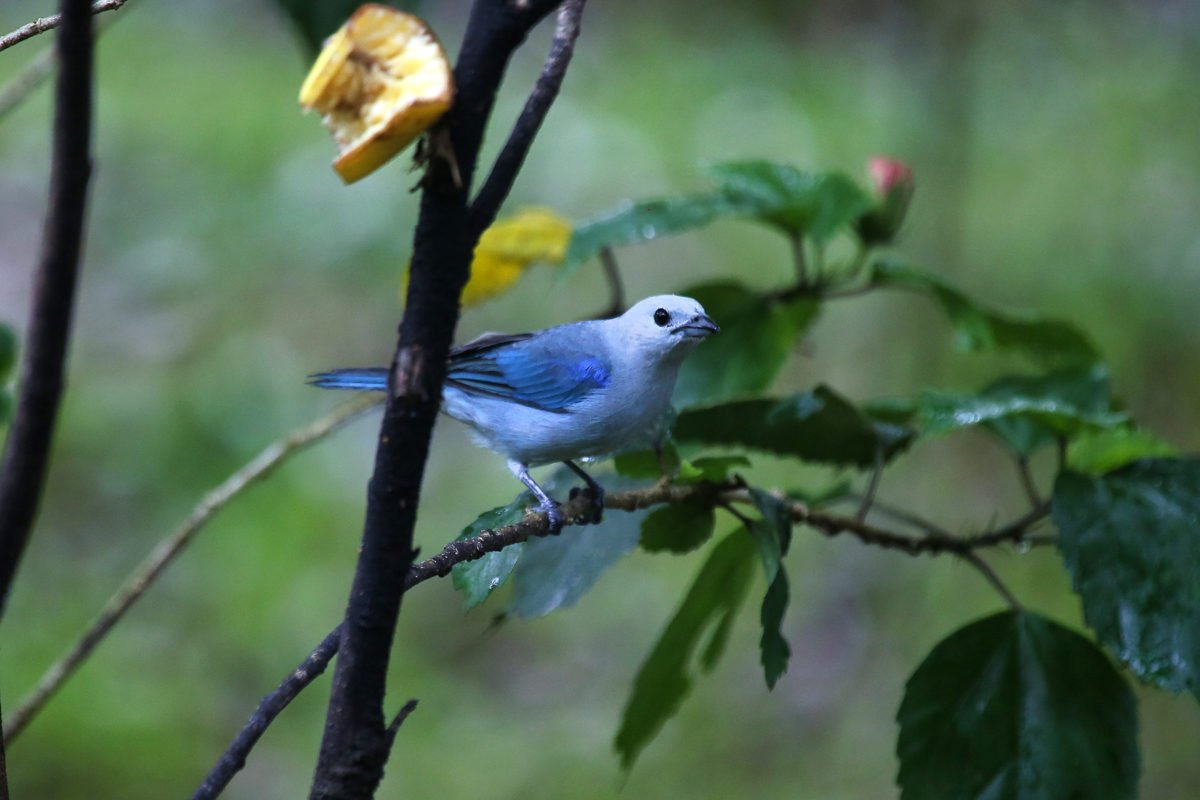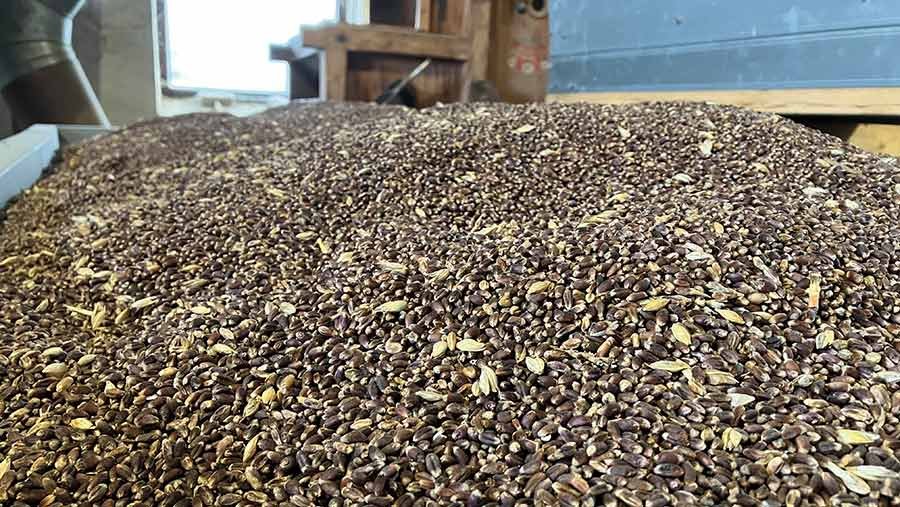- Scientists measured color diversity and uniqueness in songbirds and other perching birds to prove what’s been said since Darwin’s time: The tropics are the most colorful place for these birds.
- Because the global pet trade appears to target groups of related, uniquely colored songbirds, researchers believe an additional 478 species may be at risk next.
- Losing such birds may dull nature’s palette of colors and leave fewer charismatic species to inspire conservation.
Azure, cyan and chartreuse green — these feather colors dazzle birdwatchers and motivate conservationists to protect songbirds. But those hues also make other people want to own them. Extinction and the international pet trade are more likely to threaten songbirds if they’re uniquely colored, according to a recent study published in Current Biology.
“We knew that aesthetics is something that obviously drives trade, but it’s hard to study,” said lead author Rebecca Senior, a conservation biologist at Durham University in the U.K. “So, it just hadn’t really been done much before.”
Senior and her colleagues compared three datasets measuring bird color, global wildlife trade and extinction risk from the IUCN Red List. Their analysis suggests that almost 500 strikingly colored and related bird species are at risk of future trade. Generally, as heavily traded species become rarer and harder to find, people switch to similar, related species, Senior said.
“If you understand what drives trade, then you can kind of predict what is going to happen in the future,” Senior said.
Global fascination with tropical bird plumage dates back more than a century. In 1891, for example, British naturalist Alfred Russel Wallace wrote that “the number of brilliantly-coloured birds in almost every part of the tropics is very great….”
But it took until 2022 for Senior and her team to confirm this by comparing plumage colorations among 5,358 perching bird species globally. Their color measurements are based on scanned illustrations from the Handbook of the Birds of the World, relying upon detailed human-drawn images to capture how each feathered hue looks to our eyes.
The authors plotted every species on a 3D graph based on their feather colorations, with one axis for red, one for blue and one for green. Brownish birds clumped in the middle of the plot, while uniquely colored birds sat furthest away from others and were inclined to sport bright colors or pure white.

By drawing the smallest possible boundary around all species from a certain region of the world, and then measuring the volume of that blob in the 3D space, the authors determined how diverse that geographic area is in terms of bird colors. The tropics are home to 91% of the world’s most color-diverse songbird communities, they deduced.
The authors were surprised to find that unique pure white birds also are vulnerable to trade. For example, the snow-white frock of the famous Bali myna (Leucopsar rothschildi) helps motivate its conservation but could also contribute to the bird’s endangered status.

However, it may be a bit adventurous to predict the fates of songbirds based only on their colors, said biologist Pedro Romero-Vidal of Universidad Pablo de Olavide in Seville, Spain.
His team’s 2020 study of parrots in Colombia examined how color, size and talkativeness combined to determine how attractive the birds were to poachers. Romero-Vidal thinks some songbird species are not trapped because of their color, but because of their ability to sing.
“What [Senior and her colleagues] obtain is really interesting and could be taken as a first step for numerous studies involving color and adding other factors to see how they relate,” Romero-Vidal said.
Senior agreed that a study combining color, size and song is a bigger project, which her team is considering. Their recent study focused on color because researchers have examined song and size in the songbird trade, Senior said, whereas color has only been assessed in Romero-Vidal’s field: the parrot trade.
Protecting at-risk species in the tropics from unsustainable trade can secure nature’s aesthetic value, the authors said. However, it is important to respect cultural practices, such as coming-of-age songbird ownership in Indonesia and the use of feathers and bills by Indigenous people, while advocating for sustainable bird trade, Senior added.
Senior points to organizations that are tackling unsustainable and illegal pet trade in Southeast Asia, such as Burung Indonesia and the IUCN SSC Asian Songbird Trade Specialist Group, as examples to follow.

Extinctions among the most-traded species could leave the tropics with a less color-diverse bird community, the researchers forecast. Such losses could leave a landscape of little brown jays, which are adorable but less captivating.
“Instead of trying to trade things all the time and kill them, we can encourage people to just go photograph them or look at them,” Senior said, “and to love, appreciate and celebrate this cool, amazing color diversity of the world around us.”
Citation:
- Senior, R. A., Oliveira, B. F., Dale, J., & Scheffers, B. R. (2022). Wildlife trade targets colorful birds and threatens the aesthetic value of nature. Current Biology, 32(19), 4299-4305. https://doi.org/10.1016/j.cub.2022.07.066
Anna Marie Yanny (@annamarie_yanny) is a graduate student in the Science Communication program at the University of California, Santa Cruz. Other Mongabay stories produced by UCSC students can be found here.













